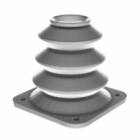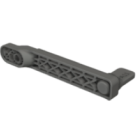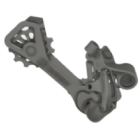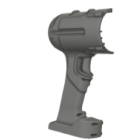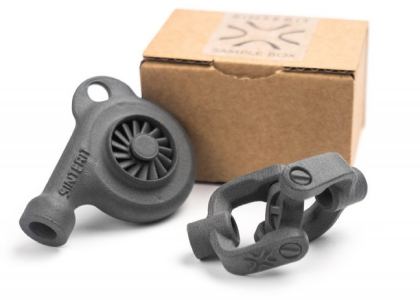Working with medical professionals, we often hear how limited and inefficient traditional insole production can be — especially when you need to customize every single piece. SLS changes that. With a fully digital workflow, it’s possible to go from patient scan to a finished, functional insole or guide within hours, without molds or manual corrections. The freedom to adapt the design, reprint instantly, or respond to new clinical requirements gives practitioners the flexibility they’ve never had before. On top of that, the mechanical quality and surface finish of SLS parts make them not just prototypes, but usable products. It’s incredibly satisfying to see how this technology helps clinics speed up treatment, reduce waste, and take full control over their process.





